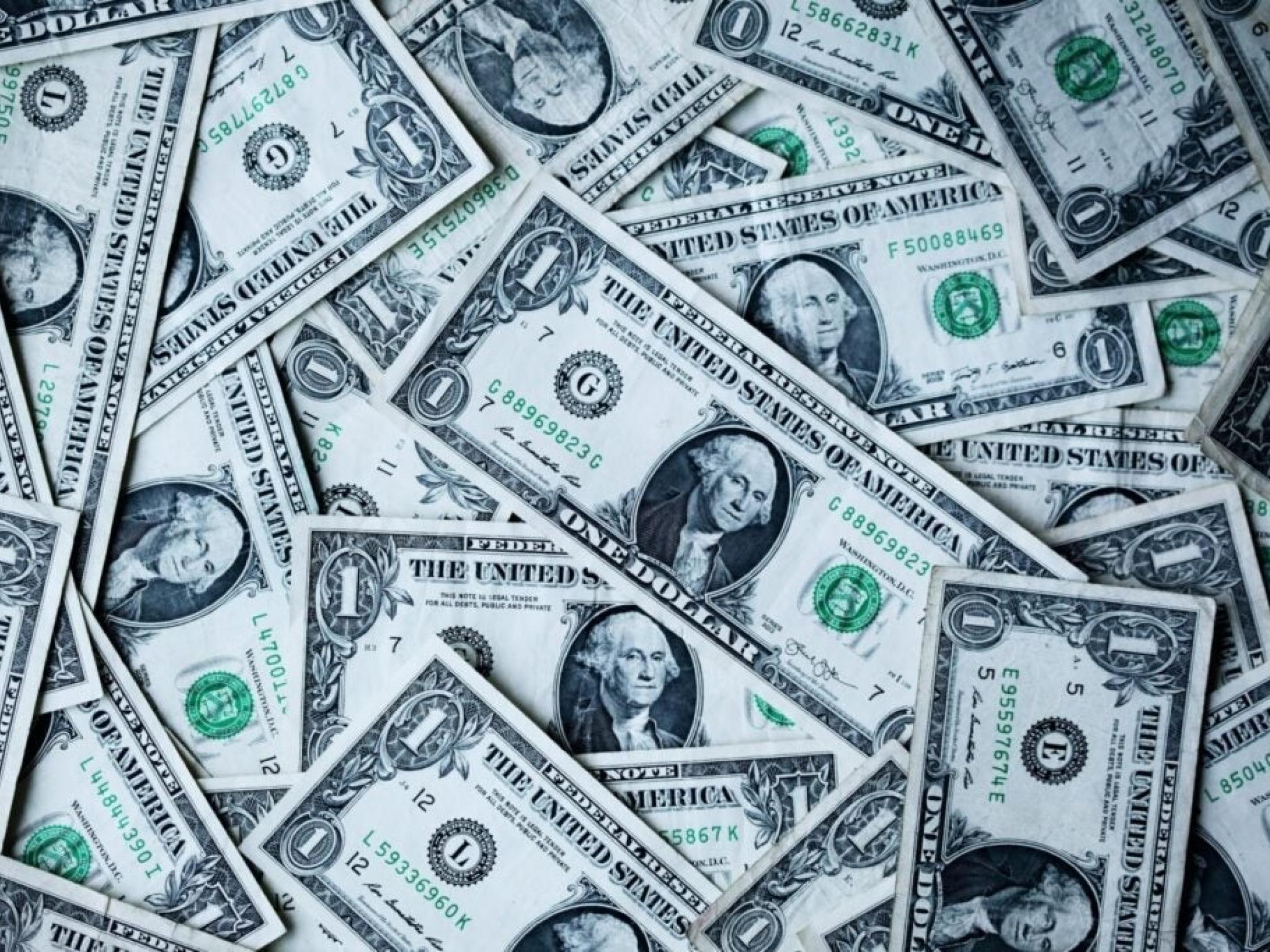
The U.S. dollar has entered its most historically bearish month of the year, with December often marking a period of seasonal weakness for the greenback.
Over the past half of a century, the U.S. Dollar Index — as tracked by the the Invesco DB USD Index Bullish Fund ETF (NYSE:UUP) — has declined by nearly 1% on average in December.
With a 7-year streak of losses in this month and new political and economic catalysts on the horizon, could this December finally be different?
See Also: Biden Targets China With New Chip Restrictions, Nvidia Slides
December: A Month The Dollar Dreads
Data doesn’t lie.
Dating back to 1984 — a 40-year period — the U.S. Dollar Index (DXY), has averaged a 0.91% decline in December, with gains occurring just 35% of the time, according to seasonality data from TradingView.
December hasn't been kind to the greenback since 2017 either—the dollar has closed in the red every year for the last seven Decembers.
Some of the worst December declines for the dollar include 2008, with a drop of 6%, 1991, with a drop of 5.3% and 2000 with a drop of 5.1%.
Occasionally, the dollar does buck the trend, as seen in 2009 (+4%) and 2011 (+2.3%), but such outliers remain rare.
Dimitri Speck, founder and head analyst at Seasonax, said, "Seasonality also exists in the Forex market. The weakness in the US dollar at the end of the year is driven by US tax legislation."
Speck highlights how U.S. companies reduce tax liabilities by minimizing reported cash on balance sheets at year-end, shifting funds to overseas accounts. This fuels demand for foreign currencies, pressuring the dollar lower.
“Many US-based companies save on their tax liabilities by reporting small amounts of cash at the balance sheet date at the end of the year. It can be worthwhile to shift money to the accounts of overseas subsidiaries. The resultant additional demand for foreign currencies affects the exchange rate,” he said.
Yet, “after the turn of the year, the tide immediately turns,” as companies transfer funds back to the U.S., leading to a January recovery for the greenback.
A Resilient Dollar In 2024
In 2024, the dollar has defied gravity.
The DXY index is up 5% year-to-date, staging a remarkable comeback after its 2.1% decline in 2023.
Notably, the recent rally has been turbocharged by an eight-week winning streak between October and November, marking the greenback's third-strongest two-month gain since 2016.
Third-quarter GDP grew at an annualized 2.8% and the labor market remaining robust.
These factors give the Federal Reserve room to implement only gradual rate cuts, rather than a more aggressive easing path, a sentiment echoed recently by Fed Chair Jerome Powell.
A Tug-of-War Between Fundamentals and Seasonality
Despite the dollar's momentum, December's seasonal headwinds loom large.
According to Seasonax, the greenback tends to lose ground especially quickly in the second half of the month, before regaining strength in January.
Will the dollar's 2024 strength be enough to break the December curse? Or will year-end tax-driven flows overpower bullish momentum?
For now, history—and some clever accounting tricks by U.S. corporations—suggest December could once again deal a blow to the greenback.
Dollar dominance is also vulnerable if BRICS nations decide to trade in non-dollar currencies. President-elect Donald Trump has threatened the alliance with 100% tariffs if it de-dollarizes.
Now Read:
Image: Shutterstock







